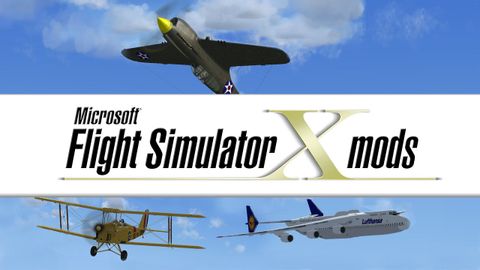
字幕與單字
飛行模擬器X - 航空之旅 - 第5部分 (Flight Simulator X - Journey of Aviation - Part 5)
00
羅致 發佈於 2021 年 01 月 14 日收藏
影片單字
drive
US /draɪv/
・
UK /draɪv/
- n. (c./u.)推動力; 動機;驅趕;趕走(動物);電腦硬盤;旅行;驅動引擎;擊出高爾夫球;(私人住宅的)車道
- v.t.驅趕;趕走;駕駛;使...做出;使(引擎)發動;擊球;把(釘;樁等)打入
A1 初級多益初級英檢
更多 使用能量
解鎖所有單字
解鎖發音、解釋及篩選功能
